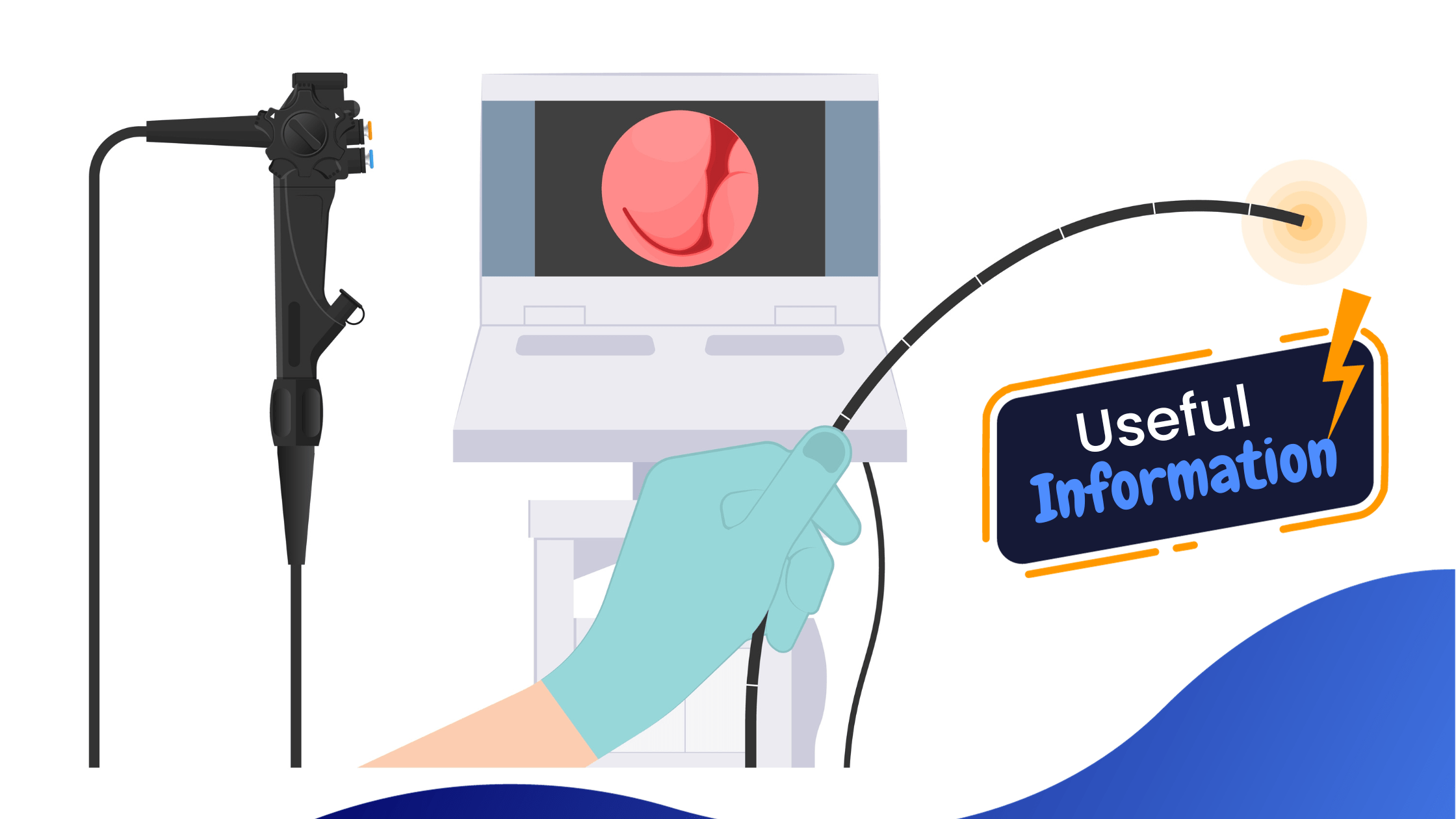An endoscopy is a minimally invasive procedure where a specialised camera is used to view areas within your pet’s body. Think “Camera Diagnostics”
An endoscope is basically a flexible tube that uses a video camera to transmit images to a larger screen for magnification. An illuminating light allows your vet to view areas such as the stomach, airways, and more.
Endoscopy is performed to diagnose gastrointestinal conditions, abnormal cells, tumors, foreign bodies, and some forms of cancer, including lymphoma. It provides little risk to the patient and is a less invasive and costly treatment when compared to surgical options.
What types of endoscopy can we perform?
Rhinoscopy (Nose)
For investigation of sneezing and nasal discharge with biopsy, foreign body removal, and treatment of nasal aspergillosis (Fungus that grows on dead leaves, stored grain, compost piles, or other decaying vegetation)
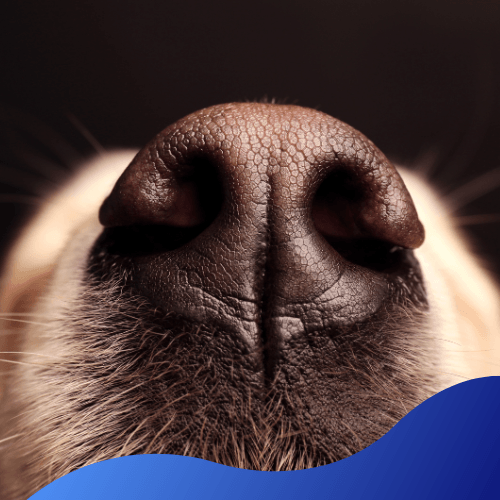
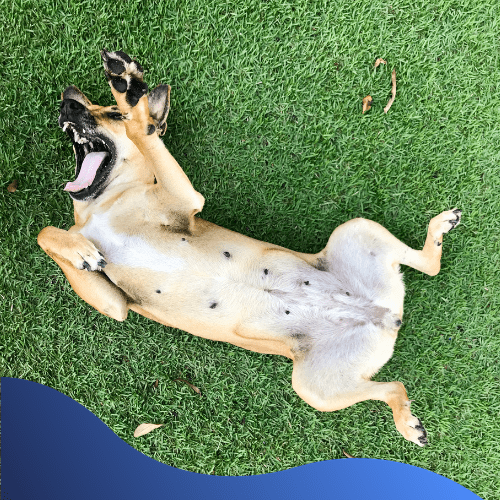
Cystoscopy (Bladder)
Cystoscopy provides a clear view of the inside of the bladder and urethra, allowing the vet to accurately diagnose conditions such as bladder stones, tumors, and blockages.
Digital Otoscopy (Ears)
For investigating possible ear infections and growths within the ear. The video otoscope is valuable in many ways: it allows deep ear cleaning (removing debris adhered deep in the ear canal); it allows flushing/cleaning behind a ruptured ear drum; and it allows for diagnosing, biopsying, and removing tumors in the ear canal.
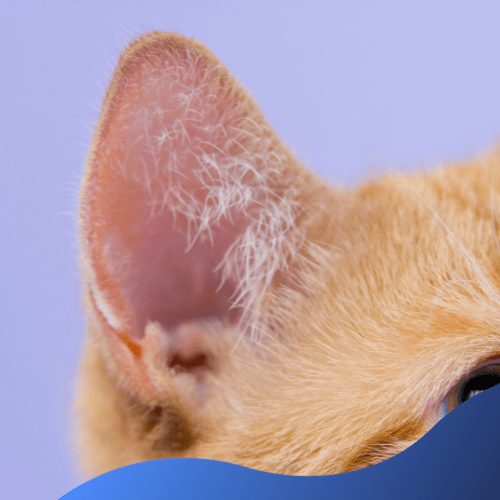
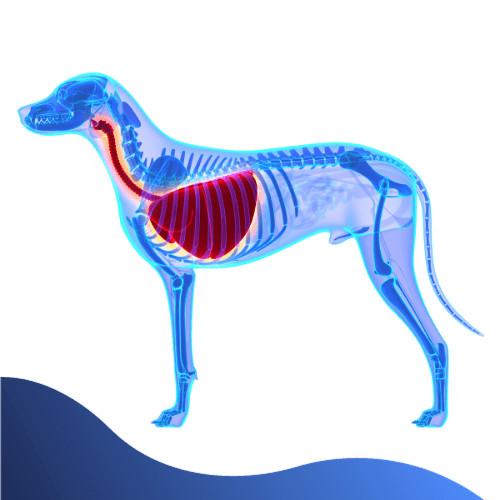
Tracheoscopy & Bronchoscopy (Airways)
A tracheoscopy or a bronchoscopy is used to investigate the cause of persistent coughing, retching, and gagging in pets. It is very effective for identifying specific bacteria or types of cancer.
Gastroscopy
A gastroscopy is used to investigate the cause of weight loss, blood in the stool, vomiting, regurgitation, and trouble swallowing in pets. We can also obtain biopsies of the stomach and intestines.
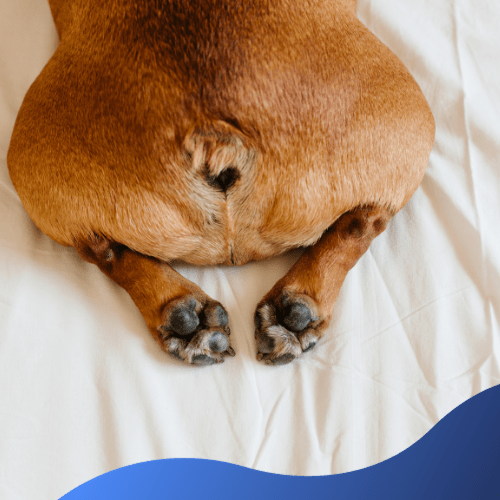
How long does it take for a pet to recover from endoscopy?
Endoscopy is a day-case procedure for dogs and cats, typically discharged the same day. Recovery after an endoscopy is relatively easy and quick for most pets. Once your pet is awake and responding to care, he should be able to head home for rest
What are the risks of endoscopy?
Endoscopy procedures in dogs and cats are generally safe, but there are potential risks and complications. Rarely, allergic reactions or tissue damage may occur, and breathing difficulties may occur but all will be discussed with your vet.
If you wish to discuss any of the endoscopy procedures we perform:
Thank you for reading, until next time…

